Went to see The Cove last night. Billed very accurately as an eco-thriller, it took on the Japanese dolphin trade in a clever and compelling way. It starred the director, Louie Psihoyos, and dolphin activist Ric O’Brien, better known as the trainer of Flipper, both appealing and articulate men, accompanied by an equally appealing handful of idealists and adrenaline junkies (including a couple of divers from Vancouver).
Well and imaginatively shot and scored, its aims were simple: to take viewers along as the team planted cameras and recorders in order to document the dolphin slaughter in the whaling village of Taiji, Japan which has seemingly been targeted by whale activists for some years, to judge by this statement dated 1994. Its annual kill as reported by the film is 23,000 dolphins, which are harpooned by local fishermen between September and March, after a number have first been selected to sell to aquariums, where the real money is.
The questionably less fortunate dolphins who are slaughtered for meat are sold for a pittance, despite the film’s assertion of breathtakingly high levels of mercury in their flesh (2000 ppm in dolphin vs the recommended Japanese limit of .4 ppm). Big carnivorous (piscivorous?) fish, at the top of the food chain, absorb all the mercury of the smaller ones they eat, so they are expected to be more toxic. Cheaper dolphin has for some time been fraudulently sold as whale meat (whale is less prone to mercury toxicity than dolphin due to the difference in diet between larger cetaceans and dolphins).
The film’s sharpest anger is reserved for the International Whaling Commission, which cannot seem to decide if it is interested in the smaller cetaceans (i.e. dolphins) or only the larger whales. The Cove paints the IWC as a lumbering, toothless body, which the Japanese have made a mockery of by vote-rigging: building useless seafood plants in impoverished countries and paying their representatives to come and vote with Japan.
It is difficult to have much sympathy for the fishermen of Taiji, when you see that to them a dolphin is just another fish to be speared, but then I am of a culture raised on affection for dolphins, and as squeamish as most urban eaters about the realities of killing my food.
The other side of the story – what happens to a whaling town if it’s not allowed to kill whales (of any size) – is one that will resonate with the other economic outcasts of our time, including forestry, cod, sealing and manufacturing communities, down the road and around the world. Not to mention the town centres and family farms and businesses that are being ruined and bankrupted by large scale retailers and industries.
Even those communities that choose to prostitute or lampoon themselves by taking up tourism are not winners in this; tourism is a fickle and usurious source of income with a short attention span and a great hunger for unsustainable practices.
As we use up our natural resources, or force ourselves out of the economic picture by voting for “efficiencies” and low prices rather than jobs, the ghost towns of our time will have many different faces, all left with that same big question: so what do we do now to make a living?
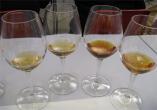
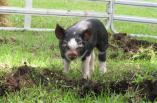

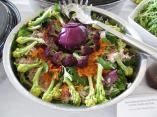
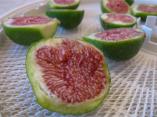
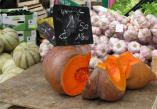
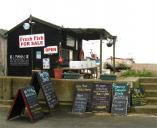


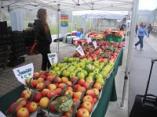
0 Responses to The Cove and other animals